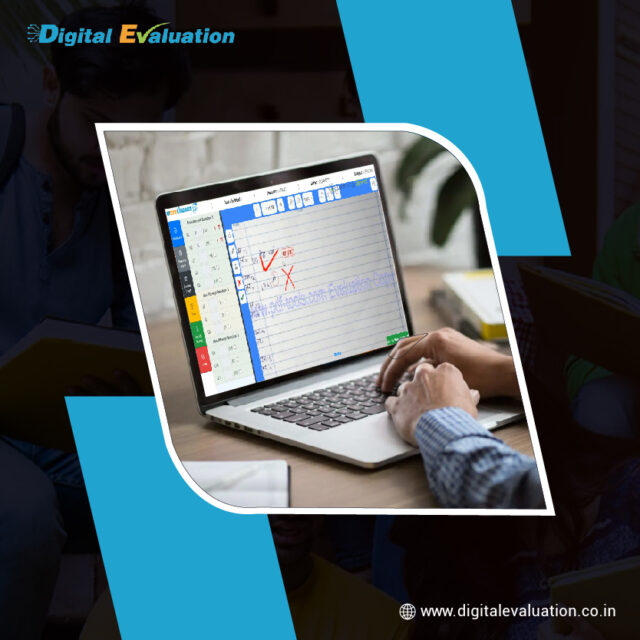The rise of digital learning platforms has introduced a wave of innovative assessment methods. On-screen evaluation, a key component of this shift, offers educators a powerful tool to streamline grading and gain valuable insights into student learning.
Regardless, its impact on the crucial aspects of learning engagement and student growth deserves careful consideration.
Potential Benefits for Engagement:
On-screen evaluation can positively influence student engagement in several ways:
- Faster Feedback:
Digital platforms allow for quicker turnaround times on assessments, enabling educators to provide students with timely, personalized feedback. This reinforces understanding and keeps students motivated by acknowledging their progress.
- Interactive Features:
Many on-screen evaluation platforms incorporate interactive features like embedded hints, multimedia resources, and immediate results. These features can enhance learning by providing students with additional support and opportunities for self-assessment.
- Variety in Assessments:
Digital platforms enable a wider variety of assessment formats compared to traditional paper-based methods. This can cater to diverse learning styles and keep assessments engaging by moving beyond simple multiple-choice questions.
Challenges and Considerations:
While on-screen evaluation offers potential benefits, there are also challenges to consider regarding student engagement:
- Screen Time Concerns:
Excessive screen time can lead to decreased focus and fatigue, impacting engagement. Balancing on-screen assessments with other learning activities is crucial.
- Technical Difficulties:
Technical issues with the evaluation platform or student devices can cause frustration and disrupt the assessment process, hindering engagement.
- Limited Collaboration and Discussion:
The individual nature of on-screen evaluations might limit opportunities for peer collaboration and discussion, which are valuable for learning and engagement.
Strategies for Maximizing Engagement:
Educators can leverage on-screen evaluation while promoting student engagement by:
- Balancing On-Screen and Offline Activities: Integrate on-screen assessments alongside projects, group discussions, and other hands-on learning activities.
- Utilizing Interactive Elements: Take advantage of features like embedded resources and instant feedback to create more dynamic and engaging assessments.
- Designing for Different Learning Styles: Create a diverse mix of assessment formats catering to visual, auditory, and kinesthetic learners to keep all students engaged.
- Providing Clear Instructions and Support: Clearly explain on-screen evaluation procedures and offer technical support to minimize frustration and ensure a smooth assessment experience.
Impact on Student Learning:
On-screen evaluation can positively impact student learning through:
- Rich Data Insights: Digital platforms provide detailed data on student performance, allowing educators to identify areas of strength and weakness and tailor instruction accordingly.
- Personalized Learning Paths: Data insights can be used to personalize learning paths, offering targeted support and scaffolding for students who need it most.
- Self-Assessment Opportunities: On-screen assessments often include immediate results with explanations, allowing students to reflect on their performance and identify areas for improvement.
Considerations for Effective Learning:
To maximize the learning impact of on-screen evaluation:
- Focus on Learning Over Grades: Use on-screen evaluations as learning tools, providing constructive feedback to guide improvement rather than solely focusing on assigning grades.
- Develop Critical Thinking Skills: Design assessments that go beyond basic recall and encourage students to analyze, synthesize, and apply knowledge.
- Promote Self-Reflection and Growth: Encourage students to review feedback and use on-screen evaluations as opportunities for self-reflection and continuous improvement.
Conclusion:
On-screen evaluation can be a valuable tool for enhancing both student learning and engagement. By acknowledging its potential benefits and challenges, educators can leverage it effectively.
By combining on-screen evaluations with other engaging strategies and focusing on personalized learning, educators can empower students to take ownership of their learning and achieve academic success.

